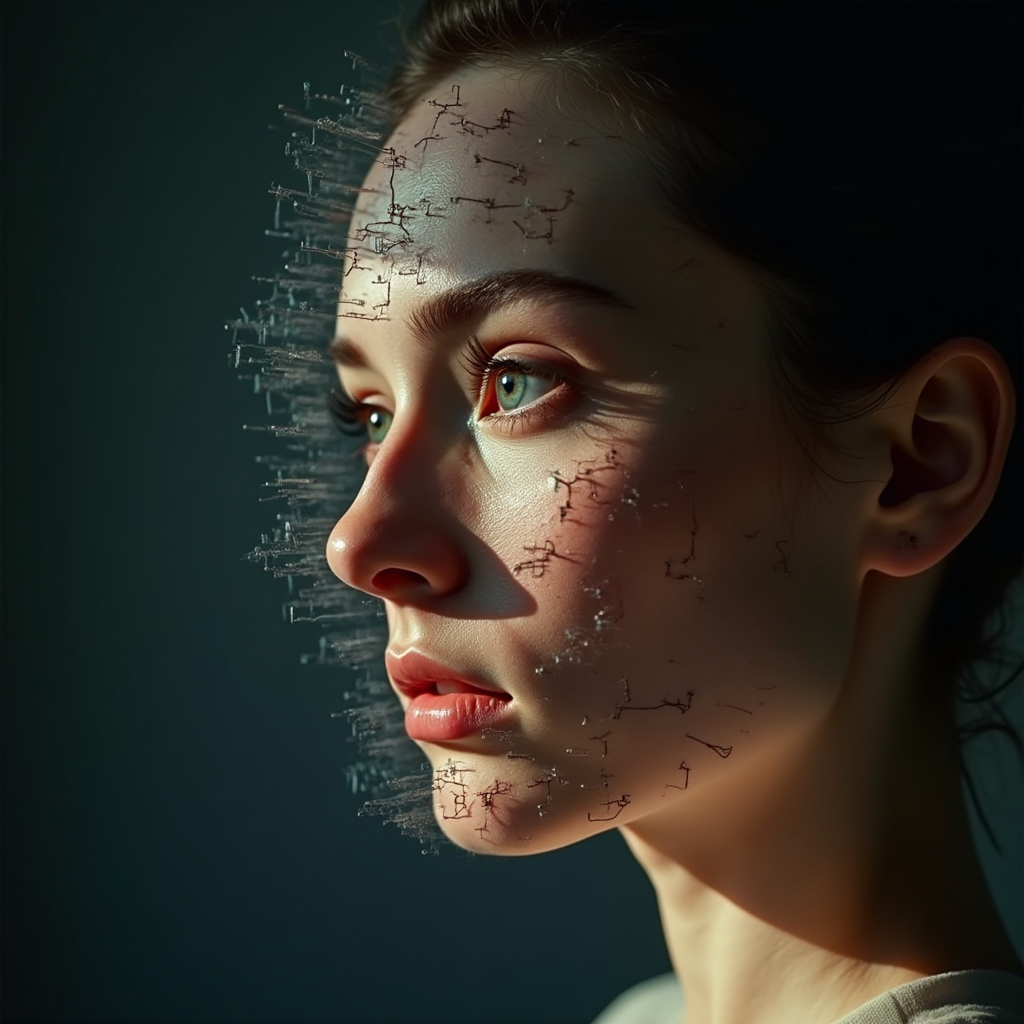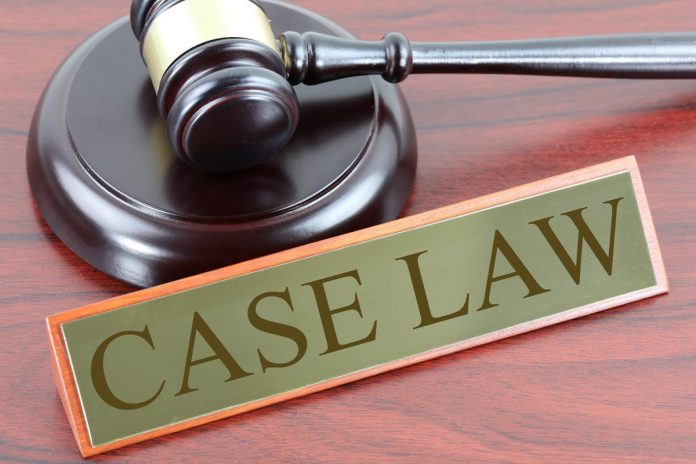This article has been written by Ashwini Kullkarni pursuing a Diploma in Intellectual Property, Media and Entertainment Laws course from LawSikho.
This article has been edited and published by Shashwat Kaushik.
Table of Contents
Introduction
“The most important kind of freedom is to be what you really are.”
- Jim Morrison
This quote is widely understood to be in support of separating the art from the artist, from knowing that the personality being shown may not be the artist’s actual personality but a performance being played as a form of protection of the artist’s privacy or in order to better commercially exploit the available opportunities, and as such is a significantly important quote in developing an appreciation of the personality rights vested in a person.
To understand personality rights and how and why they are significant, one must first understand what “personality” is being referred to by these rights and the associated laws and cases. In this context, a “personality” is a popular or recognisable part of a person’s persona that may be associated with them to a great degree. Any mannerisms, name, voice, signature, or other aspects of a personality that, when used, may reasonably be assumed as being that individual’s actions or as being endorsed by that individual are referred to as “personality” as far as personality rights are concerned.
These rights in the context of intellectual property rights are protected by controlling and limiting use of a person’s persona by other people or corporations without explicit consent from the aforesaid individual. These rights are widely used in restricting the use of celebrity personalities by people and corporations or businesses in order to paint a picture of being endorsed or supported by said personality, or as a way of benefiting off the goodwill the personality has garnered.
With the advent of artificial intelligence and technology being able to make convincing replicas of people with only a few photos and videos, it is more important now than ever to understand how personality rights have been protected in India and across the globe thus far and how we may be able to increase the protection afforded by these rights in the future.
History of personality rights
Personality rights historically have been protected as part of bifurcated rights. One arm protects rights that may be protected under trademark laws, such as a person’s name, stage name, or signatures. The other arm covers the rights under copyright laws such as performances, mannerisms, or other notable aspects or personalities, which could in the wider sense be considered a performance-based recognition.

In India, one of the first cases of protection of personality rights and what can be thought to have pushed the rights to the forefront of the media is the case of D.M. Entertainment vs. Baby Gift House (MANU/DE/2043/2010), in which it was held that an individual holds the right to permit or restrict the commercial exploitation of his or her likeness or some other recognisable attribute of that individual’s personality without explicit consent being granted. Even if the exploitation does not lead to consumer confusion regarding endorsement by the personality in question, it may still lead to dilution of the goodwill of the personality.
Another significant case to be taken into consideration is that of Titan Industries Ltd. vs. M/s Ramkumar Jewellers, which recognised the personality rights of actors Amitabh Bachchan and Jaya Bachchan. In this case, an advertisement by Titan Industries featuring these actors had been infringed by the defendant, and the court recognised that apart from the contractual rights of the plaintiff, the rights of the people featured in the advertisement had also been infringed. It was held that the advertisement displayed a clear message of endorsement by the actors and the use of this advertisement by the defendant was misleading and false.
These cases, along with many others, have laid the groundwork for protection from the exploitation of a well-known personality’s likeness to be by a third party in India. More recently, another case involving Mr.Bachchan’s likeness being similarly exploited is that of Amitabh Bachchan vs. Rajat Nagi and Ors.
Facts of the case
The nine defendants were allegedly using aspects of the plaintiff’s (Mr. Bachchan’s) well-known and easily recognisable personality, such as his voice and photographs, to entice the public to download certain mobile apps they had created, use their website, and purchase their products, thus commercially benefiting from this use. The plaintiff is associated with a popular televised game show, and the defendants used this connection to create a lottery scam and had also sold clothing items with the plaintiff’s photographs on their aforementioned website. The plaintiff brought a suit against the defendants and against other, unknown defendants in order to protect his personality rights.
Findings of the court
The single-judge Delhi High Court bench of Justice Navin Chawla, found that the plaintiff was a well-known personality and would face serious and irreparable harm to his reputation and face dilution of the goodwill he has garnered if the defendants’ actions went unchecked. The defendants were found to have been misusing the Plaintiff’s popularity and goodwill for their personal benefit and to further their own activities without having obtained prior consent from the plaintiff. Therefore, the plaintiff had a good prima facie case in his favour. Titan Industries vs. Ramkumar Jewellers was cited, since this case had already acknowledged and recognized the celebrity status of the Plaintiff and
The court granted an interim injunction against all included defendants, and the Department of Telecommunication and Union Ministry of Electronics and Information Technology were directed to take down all websites, links, and applications infringing the personality rights of the plaintiffs. Further, telecom service providers were asked to block mobile phone numbers being used to circulate related messages through messaging applications such as WhatsApp, which further infringed on these rights.
Impact of the case

The court in the above case granted a blanket restriction on the unauthorised commercial exploitation of the plaintiff’s personality, which has strengthened the right to publicity in the country. If similar relief is granted in future cases, the burden on the plaintiffs will be significantly reduced as they will no longer need to identify all involved defendants in a suit in order to be granted an injunction to stop infringing activities. This could be especially useful in cases where the infringement is widespread and being conducted by a large number of unconnected people, thus making it difficult to restrain activities and identify the people participating in them.
However, it should be noted that this case has acknowledged that the personality’s celebrity status has played a role in the granting of this relief since there was a chance of misrepresenting the plaintiff’s involvement (or lack thereof) with the defendant’s business. Similar relief may not be granted to a common-man individual since they would be less likely to be recognised by the general public, but that would not restrict the damage that could be done to their reputation regardless of their celebrity status. Moreover, the judgement has not declared the extent to which a celebrity’s likeness being used could be understood to have led to this misrepresentation. Several small businesses use celebrity likenesses to gather more attention toward their hoardings or their shopfronts with no intention of misrepresenting the celebrity’s views or affecting the knowledge of the viewer. It can be argued that the general population is also aware of these practices and therefore not likely to be greatly affected by the use of such likeness in the vast majority of these cases. It is therefore imperative that a consensus be drawn on the limits of the likeness being used and when these rights come into play.
Evolution of personality rights
Personality rights across the globe have seen evolution at a rapid pace as the way people interact with each other and gain popularity among the masses and recognition grows and ebbs. The laws surrounding these rights must keep up with the ever-evolving changes in the way these interactions take place so as to be able to properly cover the appropriate bases and deliver justice as required. With the increase in Artificial intelligence-generated content and the ease with which the technology can be accessed in skillfully and expeditiously imitating a person’s likeness, voice and mannerisms and replicating them as per the prompts of an individual with only a few photographs or videos to train the AI, it is more important now than ever for personality rights to be brought to the forefront of public consciousness. High profile cases such as the one discussed above play a pivotal role in engaging the audiences and informing the public of their rights.
Conclusion
However, these rights cannot remain in the jurisdiction of those with celebrity status or great public recognition. While the case at hand has acknowledged that the celebrity status of the plaintiff has played a role in the granting of an injunction in this particular incident, it must be considered that a common man may also be a victim of such actions. We have already seen crimes being committed with the common people being victims of impersonation with the use of AI technology, and there is an increasing number of people falling victim to their personality rights being infringed with their likeness and voices being used by nefarious actors using said likeness or voice top promote their product in a manner that comes across as more “approachable” without gaining any consent from the people they are exploiting. Personality rights in this day and age cannot remain the sole domain of those with greater public recognition but must be transformed into a right that is accessible and understood by all.
References
- https://www.lakshmisri.com/insights/articles/personality-rights-protection-under-ip-laws/
- https://www.remfry.com/wp-content/uploads/2017/11/privacy-and-publicity-the-two-facets-of-personality-rights.pdf
- https://www.legalserviceindia.com/legal/article-10132-protection-of-personality-rights-delhi-high-court-order-in-amitabh-bachchan-v-s-rajat-negi.html
- https://indiankanoon.org/doc/181125261/
- https://www.jusip.in/position-of-personality-rights-india-amitabh-bachchan-v-rajat-nagi-case/
- https://indiankanoon.org/doc/23523817/
 Serato DJ Crack 2025Serato DJ PRO Crack
Serato DJ Crack 2025Serato DJ PRO Crack










 Allow notifications
Allow notifications



